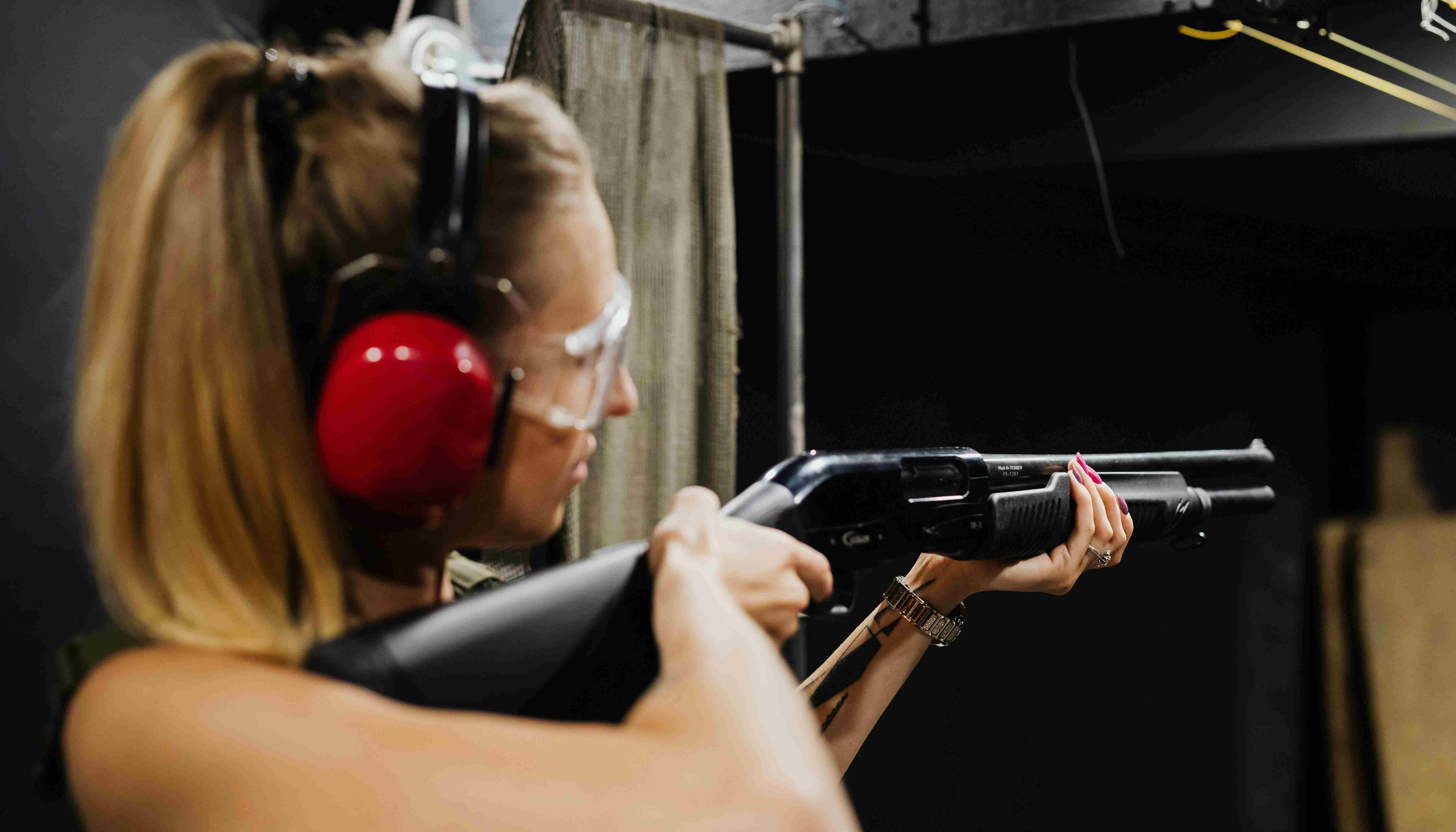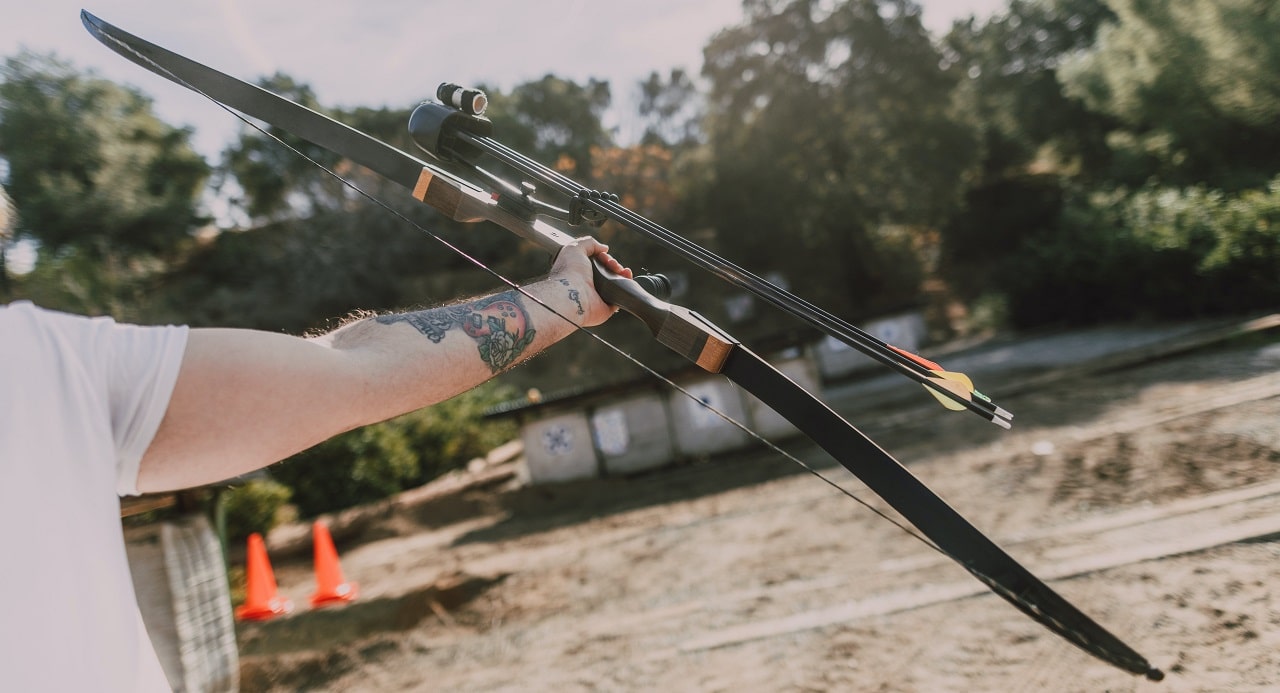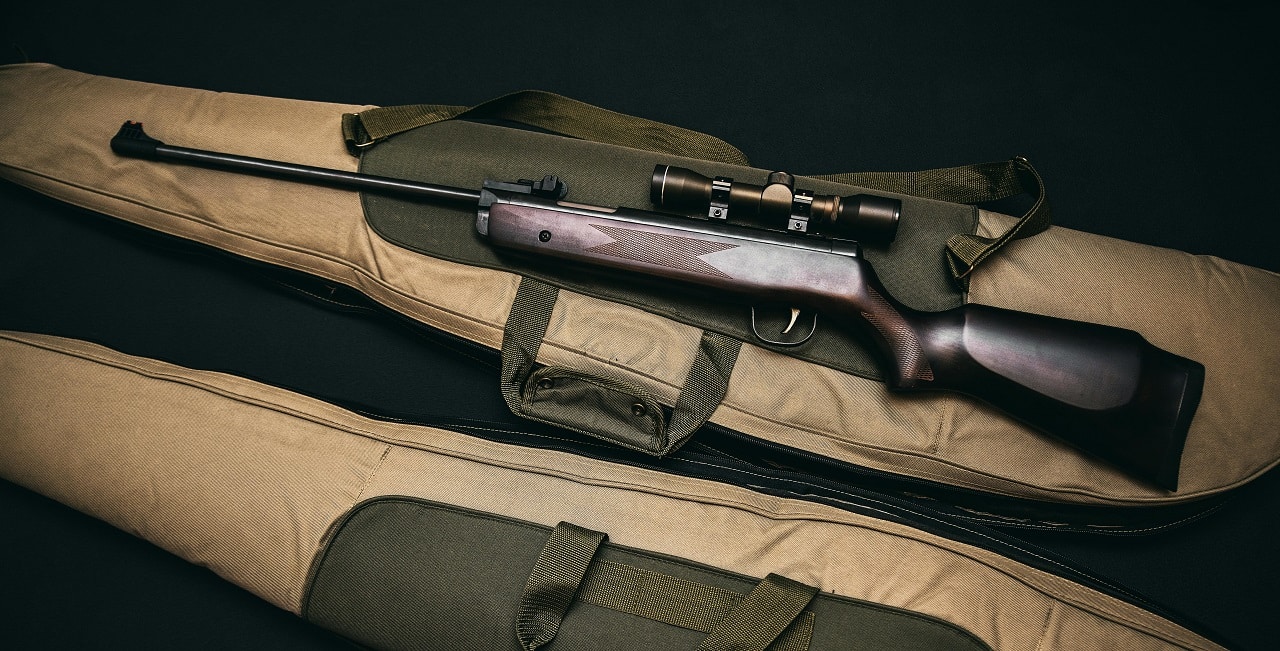The Two Basic Styles of Firearm Actions
Introduction:
Throughout history, firearms have influenced everything from combat to self-defense and pleasure shooting. The action type of a firearm is a vital characteristic that characterizes its functionality. A firearm’s loading, firing, and ejecting mechanism can be broadly divided into two styles: the classic bolt action, which is simple and timeless, and the semi-automatic action, which is efficient and quick to fire.
I. Bolt Action: A Symphony of Precision
The bolt action is a traditional firearm design that is known for its accuracy, reliability, and simplicity of use. For well over a century, it has been a mainstay in hunting rifles, military arsenals, and precision shooting contests.
1. Anatomy of a Bolt Action:
The bolt, a hollow piece of metal that holds the extractor and firing pin, is the essential component of a bolt action. Key operations like chambering a round, cocking the firing pin, shooting the round, and ejecting the expended cartridge are all done by hand by the shooter using the bolt.
a. Loading and Chambering: To load a round, the shooter lifts the bolt handle, allowing a cartridge to be inserted into the chamber. Closing the bolt then secures the round in place, ready to be fired.
b. Firing: When the trigger is pulled, the firing pin strikes the primer of the cartridge, initiating the firing sequence.
c. Ejection: After firing, the shooter lifts the bolt, extracting the spent cartridge case, which is then ejected from the firearm.
2. Precision and Accuracy: Bolt-action rifles are renowned for their exceptional accuracy. The manual operation of the bolt ensures a consistent and controlled firing process, minimizing recoil and vibration that can affect shot placement.
a. Popular Applications: Bolt actions are favored in precision shooting disciplines, long-range hunting, and military sniper rifles.
II. Semi-Automatic Action: The Modern Marvel
While bolt actions exude a certain charm with their mechanical simplicity, semi-automatic actions represent the cutting edge of firearm technology, offering rapid-fire capabilities and quick follow-up shots.
1. The Semiautomatic Mechanism: In a semi-automatic firearm, each trigger pull results in a single shot being fired. The key difference lies in the automatic cycling of the action, which includes ejecting the spent cartridge and chambering a new round without requiring manual intervention.
a. Gas Operated vs. Recoil Operated: Semi-automatic actions can be further categorized based on their operating mechanism. Gas-operated systems utilize gas from the fired cartridge to cycle the action, while recoil-operated systems rely on the force generated by the recoil of the firearm.
2. Rapid Fire and Practical Applications: Semi-automatic firearms excel in scenarios where quick and successive shots are essential. This makes them suitable for self-defense, law enforcement, and certain competitive shooting events.
a. Military Adoption: Many modern military rifles and handguns feature semi-automatic actions, providing soldiers with the ability to engage multiple targets rapidly.
III. Choosing Between Bolt Action and Semi-Automatic: Considerations and Preferences
1. Purpose and Intended Use: The choice between bolt action and semi-automatic largely depends on the intended application. For precision shooting and situations where controlled, deliberate shots are crucial, a bolt action might be the preferred choice. On the other hand, for scenarios requiring rapid and responsive fire, a semi-automatic firearm is more appropriate.
2. Skill Level and Comfort: Novice shooters often find bolt actions more straightforward and user-friendly due to their simplified manual operation. However, with proper training, individuals of varying skill levels can become proficient with semi-automatic firearms.
3. Legal and Regulatory Considerations: Firearm regulations and restrictions vary across regions. Some areas may impose limitations on the type of action allowed for civilian use. It’s essential for firearm owners to be aware of and adhere to local laws.
Conclusion:
In the world of firearms, the choice between bolt action and semi-automatic action is not just a matter of preference; it’s a decision that hinges on the specific needs and circumstances of the user. Both styles have their merits and unique characteristics, contributing to the rich tapestry of firearms history and technology. Whether you lean towards the time-honored bolt action or embrace the efficiency of semi-automatics, understanding these two basic styles is key to appreciating the diverse and dynamic world of firearms.






Equilibrado
Aparatos de equilibrado: fundamental para el rendimiento uniforme y eficiente de las equipos.
En el entorno de la avances contemporánea, donde la efectividad y la fiabilidad del dispositivo son de alta relevancia, los equipos de ajuste desempeñan un papel fundamental. Estos equipos específicos están desarrollados para balancear y estabilizar elementos giratorias, ya sea en equipamiento industrial, vehículos de traslado o incluso en aparatos de uso diario.
Para los especialistas en conservación de sistemas y los técnicos, operar con dispositivos de equilibrado es crucial para garantizar el operación estable y fiable de cualquier mecanismo móvil. Gracias a estas alternativas tecnológicas innovadoras, es posible disminuir notablemente las oscilaciones, el zumbido y la tensión sobre los rodamientos, prolongando la duración de elementos valiosos.
Asimismo relevante es el rol que tienen los dispositivos de equilibrado en la asistencia al cliente. El soporte técnico y el mantenimiento continuo empleando estos sistemas facilitan ofrecer soluciones de excelente estándar, incrementando la contento de los clientes.
Para los titulares de proyectos, la aporte en estaciones de balanceo y dispositivos puede ser esencial para aumentar la rendimiento y productividad de sus dispositivos. Esto es particularmente significativo para los dueños de negocios que dirigen medianas y medianas organizaciones, donde cada aspecto importa.
También, los dispositivos de ajuste tienen una amplia implementación en el ámbito de la protección y el monitoreo de nivel. Facilitan encontrar posibles problemas, impidiendo arreglos onerosas y perjuicios a los dispositivos. Incluso, los resultados generados de estos dispositivos pueden utilizarse para maximizar procedimientos y aumentar la exposición en sistemas de investigación.
Las sectores de utilización de los sistemas de equilibrado incluyen variadas ramas, desde la elaboración de transporte personal hasta el control de la naturaleza. No afecta si se habla de enormes elaboraciones manufactureras o limitados talleres domésticos, los aparatos de equilibrado son esenciales para promover un funcionamiento productivo y sin fallos.